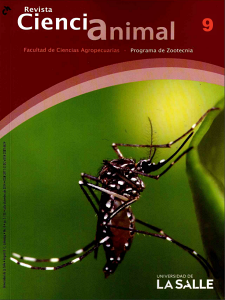Abstract
In the central highlands of Mexico, the sustainable use of white-tailed deer (Odocoileus virginianus) through sport hunting has allowed the development of new companies providing hunting services. When we talk about new agribusinesses, we can mention hunting ranches, which are private rural properties destined to agricultural or forestry production, engaged in breeding and economic utilization of wildlife species. One of the most important hunting companies in the central highlands of Mexico is undoubtedly the Rancho Bernalejo Hunting Resort & Spa, a company one hundred percent Mexican. Here, deer are treated according to a strict selection program. Within the ranch management plans there may be situations in which some fawns receive special feeding treatment because the mother has a damaged udder, the mother is sick, or she rejected the newborn fawn, or very little fawns, due to triplets or quadruplets calving or in cases of artificial breeding. During artificial breeding in the ranch fawns are fed with Zoologic Doe® milk replacer, where they receive the replacer several times a day for adequate feeding. The importance of this work is to propose a feeding protocol in order to achieve an increase in weight gain and a decrease in meekness in fawns.Downloads
Download data is not yet available.



